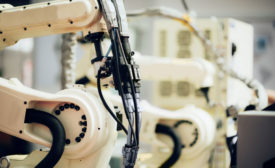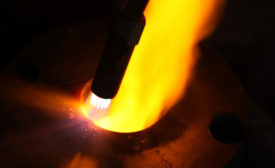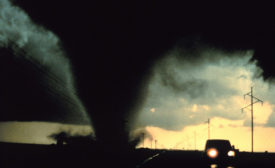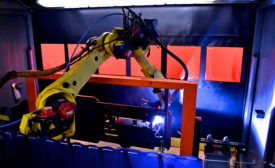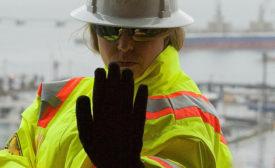Featured on Home Page
OSHA in the age of robotics
Evolving tech may bring changes to 30-year-old LOTO rule
May 30, 2019
Facility safety inspections
Valve safety trains require regular inspections, maintenance and training. Tremendous explosive forces can be unleashed if best practices are not followed.
May 30, 2019
Safeguards for automated operations
Physically protect your workers and minimize the “safety zone” footprint.
May 28, 2019
Getting ‘smart’ about construction safety
Wearable sensors could monitor stress, physical demands and even risk perception
May 27, 2019
Worker engagement requires enabling workers to speak up
Empowering is not enough – you must ENABLE!
May 24, 2019
Become a Leader in Safety Culture
Build your knowledge with ISHN, covering key safety, health and industrial hygiene news, products, and trends.
JOIN TODAYCopyright ©2025. All Rights Reserved BNP Media.
Design, CMS, Hosting & Web Development :: ePublishing


